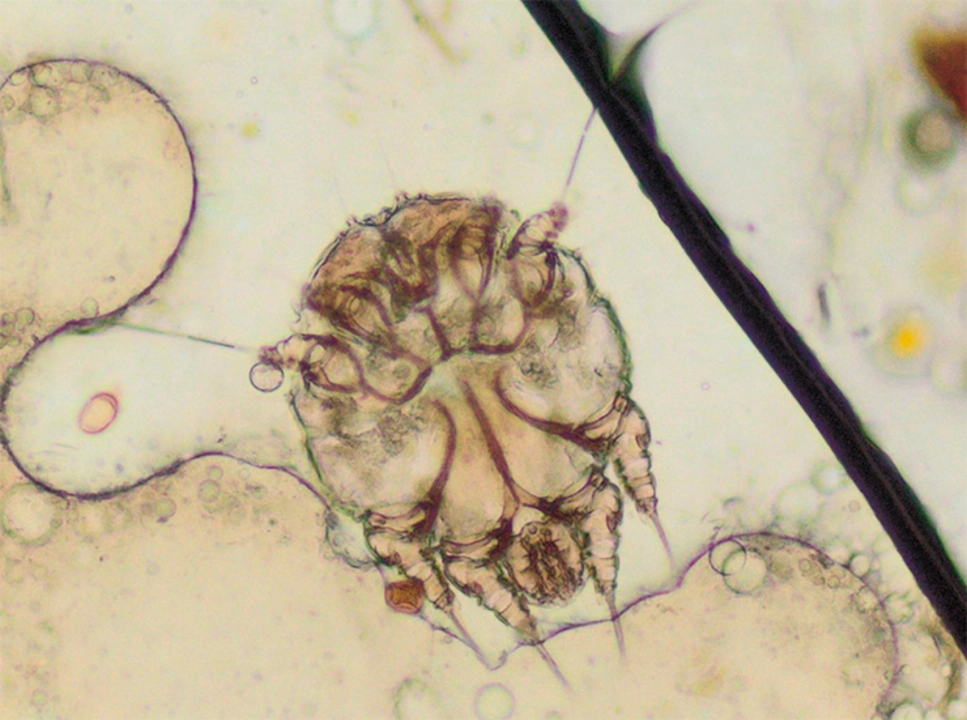Sarcoptes scabiei — scabies: what to watch for and what to do
If you’ve got intense itching, especially at night, and small linear marks on your skin, sarcoptes scabiei might be the reason. This tiny mite burrows into the top layer of skin and causes a rash and fierce itching. The good news: scabies is common and treatable. The tricky part is stopping spread to other people in your household.
How scabies spreads and symptoms
Scabies spreads mainly through prolonged skin-to-skin contact — think hugging, holding hands, or sexual contact. Brief touches usually won’t pass it on. It can also spread through shared bedding, towels, or clothing if those items weren’t washed after use.
Typical signs include intense itching (worse at night), tiny burrows that look like thin tracks, and a bumpy rash. Common spots are between the fingers, wrists, elbows, around the waist, buttocks, and genital area. Babies and older adults can get scabies on the face and scalp too. If you’ve had scabies before, symptoms can show up much faster on repeat exposure.
Treatment and home steps
The usual first-line treatment is a topical 5% permethrin cream applied from the neck down (and to the scalp for young children) and left on overnight. Some people need to repeat the application in 7 days. Oral ivermectin is another option, usually given as a weight-based dose and repeated after a week; a doctor will tell you if it’s right for you. Crusted (severe) scabies needs stronger, combined therapy under specialist care.
Treat all close contacts at the same time, even if they don’t have symptoms. Wash bedding, towels, and clothing used in the past 48–72 hours in hot water and tumble dry on high. If items can’t be washed, seal them in a plastic bag for at least 72 hours — mites don’t survive long without human skin. Vacuum furniture and floors where people spend time.
Expect itching to last for a few weeks after successful treatment. That’s a common reaction as your skin recovers, not necessarily a sign of treatment failure. Over-the-counter antihistamines, short courses of topical steroid creams, or cool compresses can help manage the itch. If the rash worsens or you see signs of infection (increasing redness, warmth, pus, or fever), get medical care.
Want to avoid a repeat? Avoid prolonged skin contact with someone who has active scabies until they’ve finished treatment. Check and treat close contacts and follow the laundry and cleaning steps. If you’re unsure about diagnosis or treatment — especially for children, pregnant people, or anyone with a weakened immune system — see a healthcare provider for guidance.
Quick recap: recognize intense nighttime itching and burrows, treat with permethrin or ivermectin under medical advice, clean clothes and bedding, and treat close contacts at the same time. That’s how you stop sarcoptes scabiei from sticking around.
The potential for Sarcoptes scabiei to be transmitted through fomites
As a blogger, I've recently been researching the potential for Sarcoptes scabiei, the mite responsible for scabies, to be transmitted through fomites. From my findings, it's clear that these mites can indeed survive on various surfaces, such as clothing, bedding, and furniture, for up to 72 hours. This means that there's a potential risk of transmission through indirect contact with infested items, especially in crowded environments like dormitories or healthcare facilities. While direct skin-to-skin contact remains the primary mode of transmission, it's crucial to be aware of this secondary route and take appropriate precautions, such as regular cleaning and proper laundry management. In conclusion, it's important to be vigilant about both direct and indirect transmission of scabies to protect ourselves and others from this annoying and contagious skin condition.

